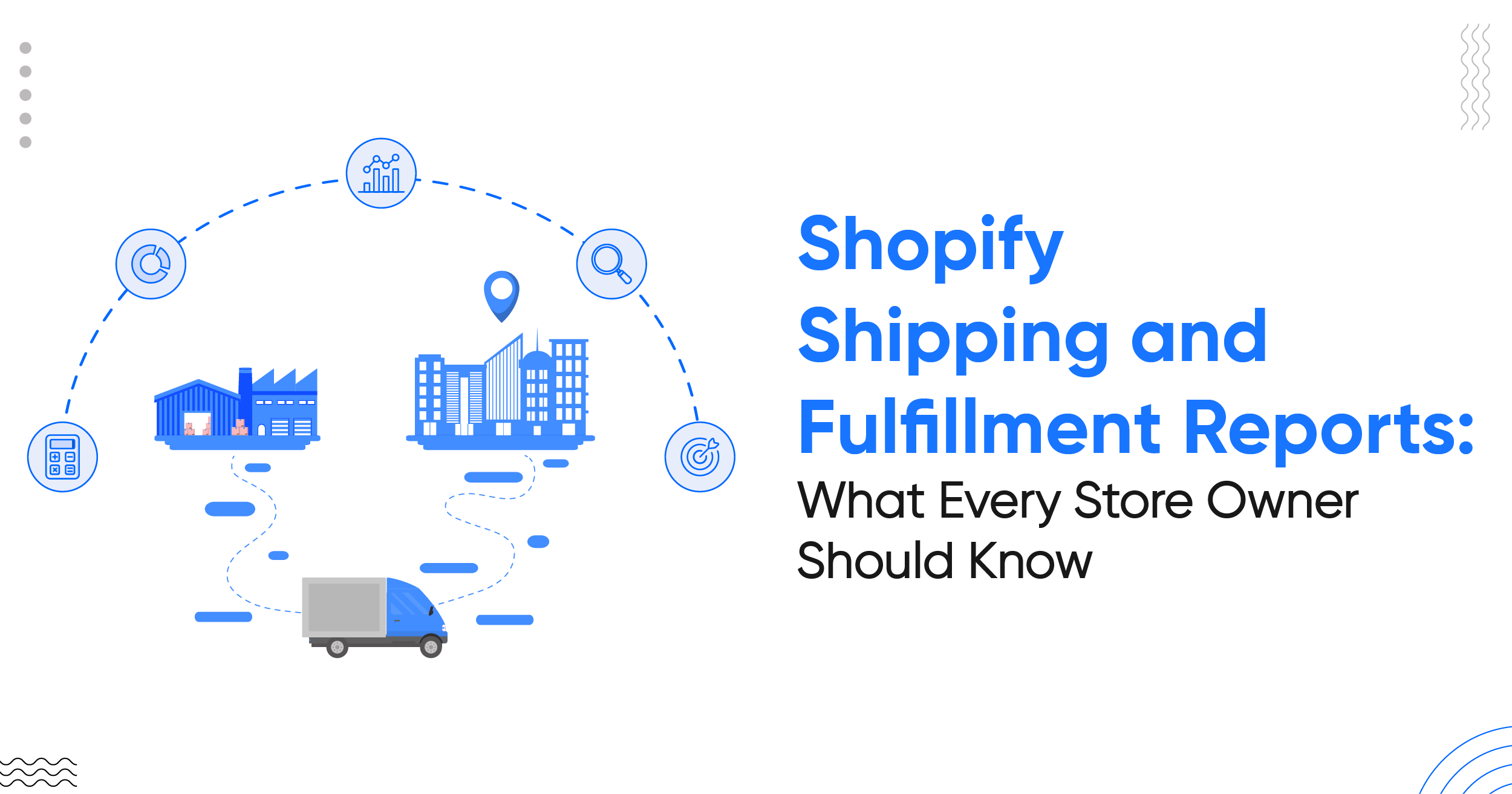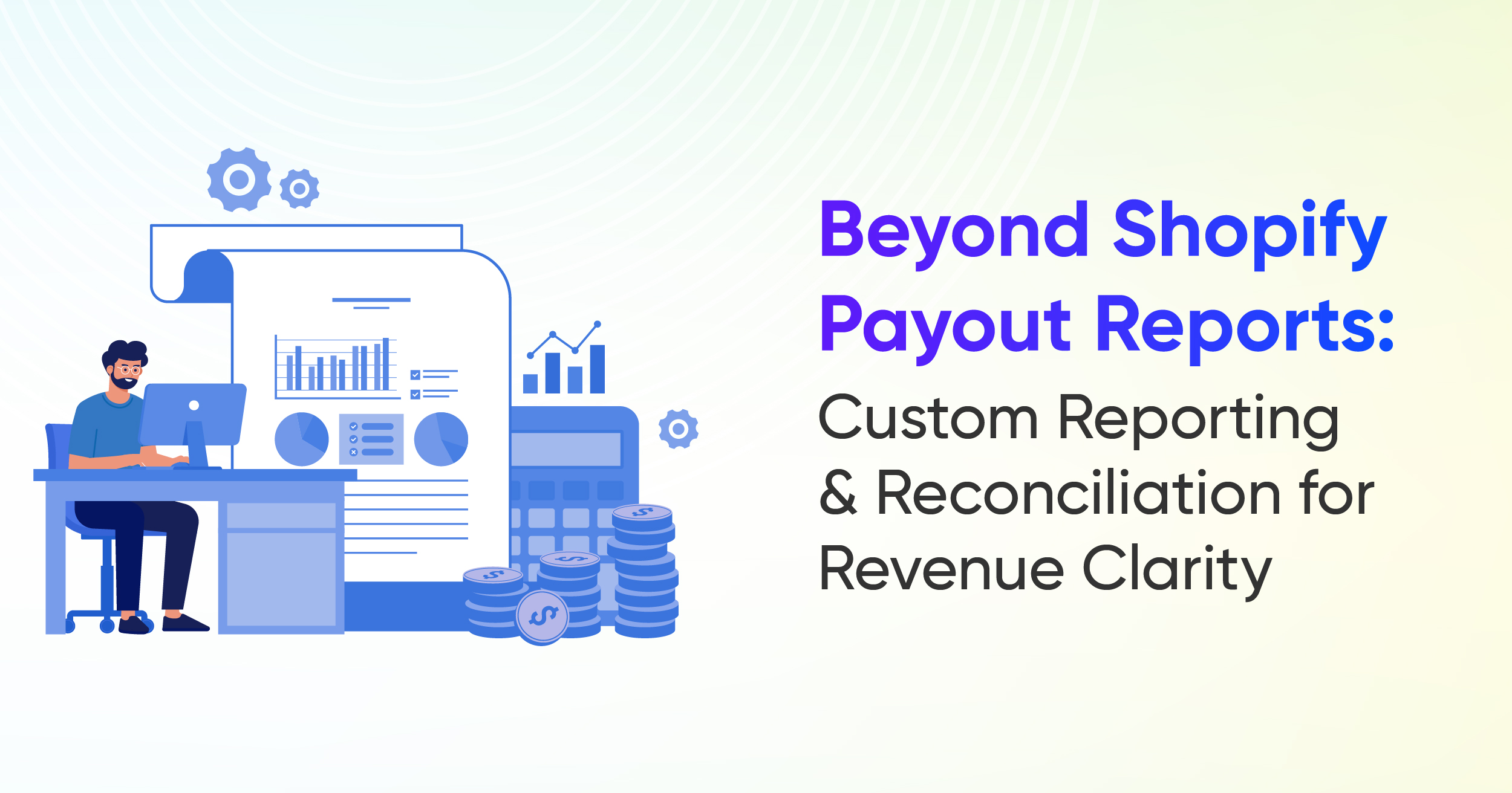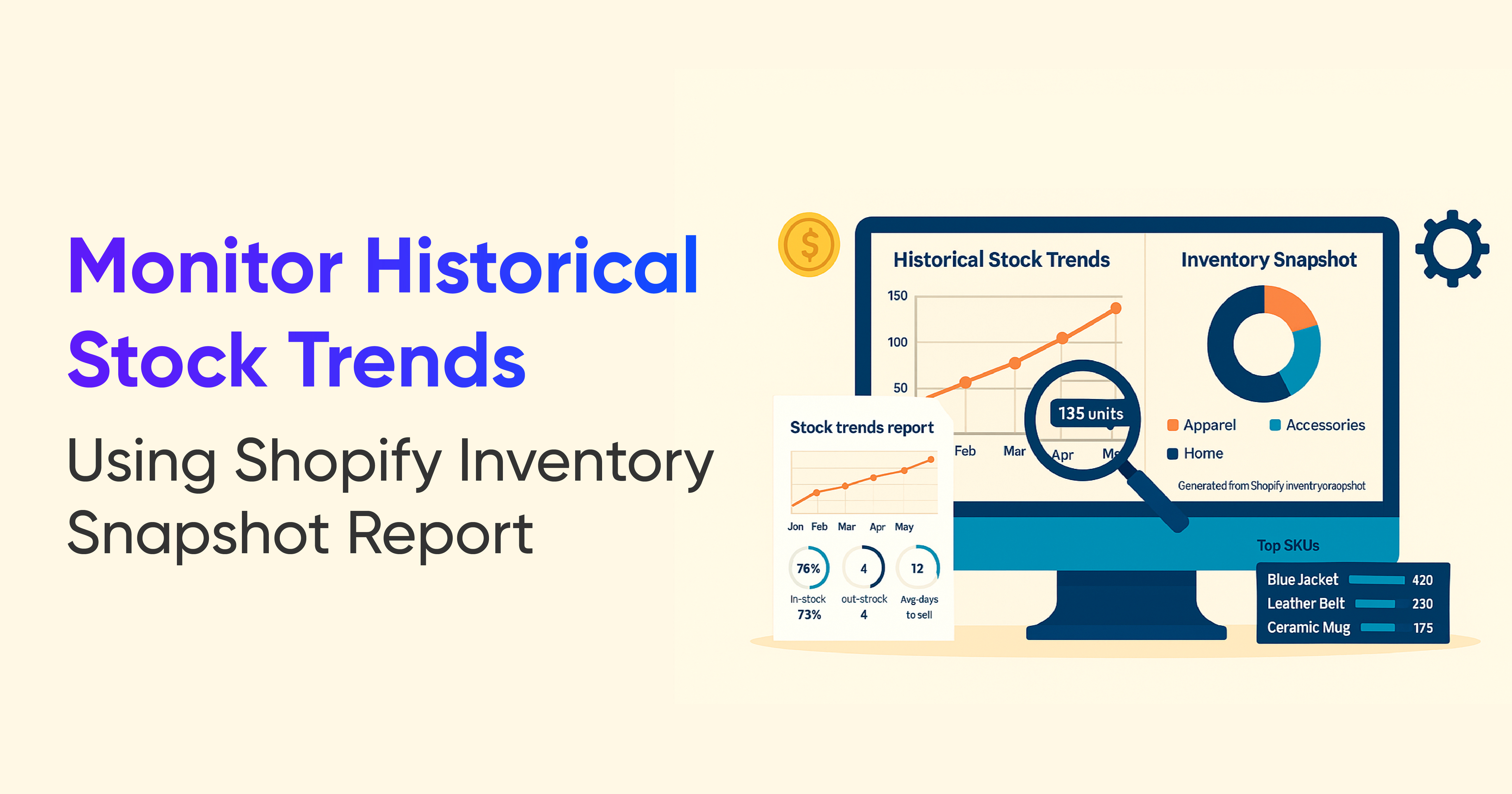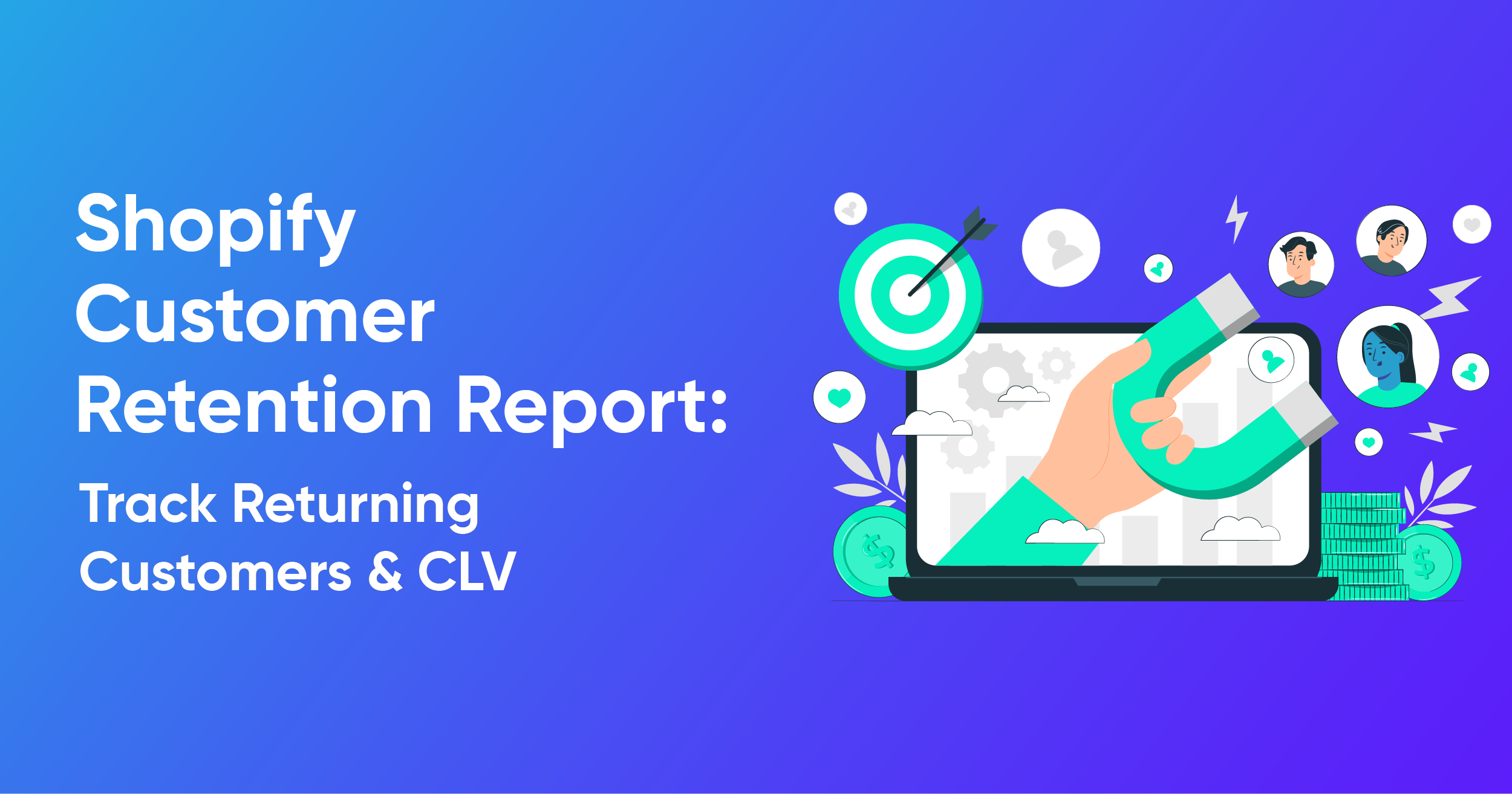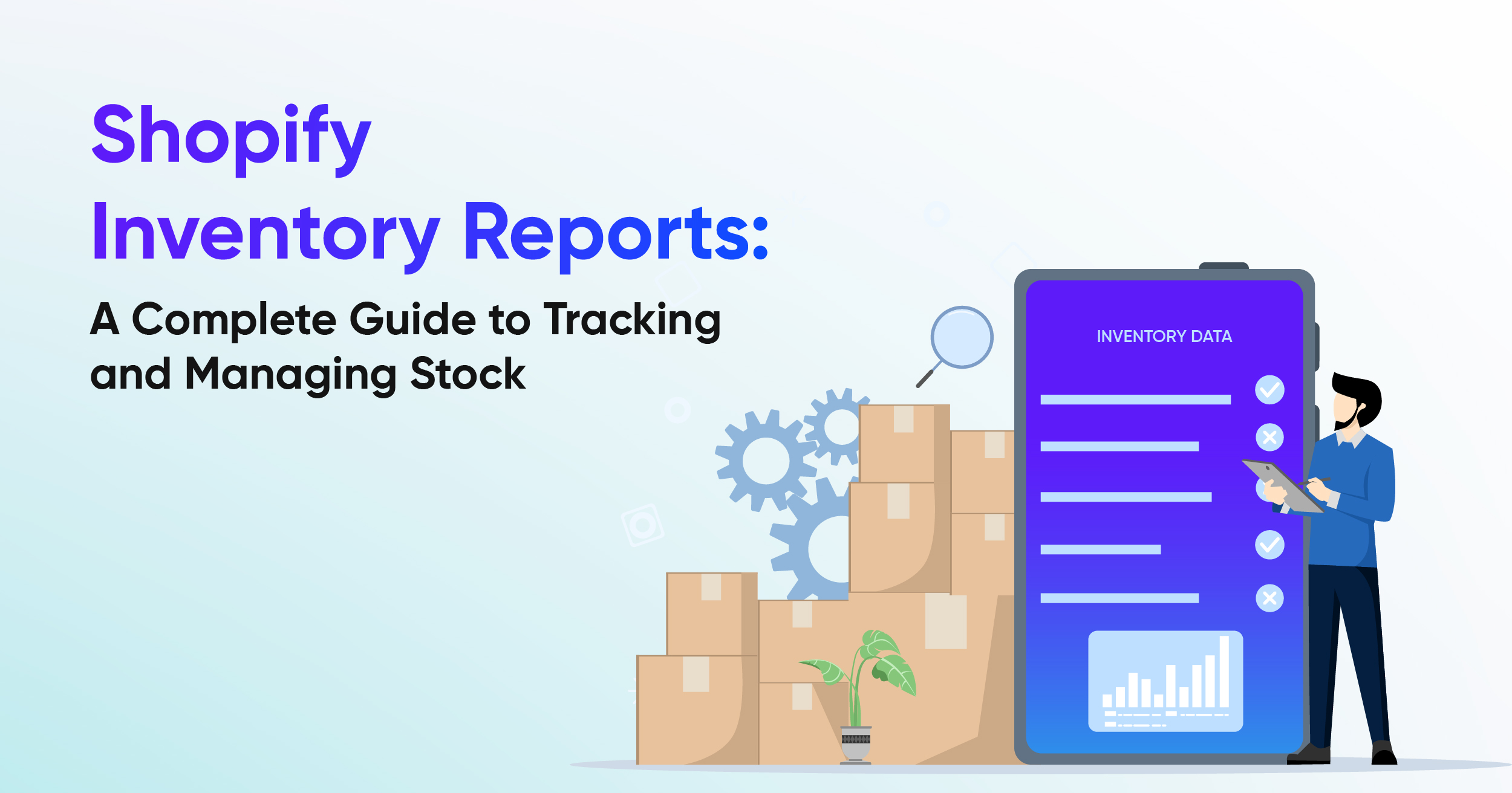Shopify Custom Reports: How They Work, Where They Fall Short, and Fixes

What Is Shopify Custom Reporting?
Shopify Custom Reporting lets you modify certain default reports and build new ones so you can track store specific KPIs.
You can either:
- Start from a set of custom report templates, or
- Create a report manually from a blank exploration view
Custom reports are available only on higher Shopify plans and only for specific report types. Within those reports you can:
- Add and remove data columns
- Apply filters
- Change how data is grouped
This gives you more control than basic reports, but it still comes with strict limits.
What Reports Can I Customize in Shopify?
You can customize any report available in Shopify across categories such as:
- Acquisition
- Behavior
- Customers
- Finances
- Fraud
- Inventory
- Marketing
- Orders
- Performance
- Profit Margin
- Retail Sales
- Sales
- Store
Simply open any report and adjust it to your needs by adding or removing fields, changing the date range, sorting, filtering, or rearranging columns. Once your changes are complete, you can save the report with your own custom name for future use.
How to Create Shopify Custom Reports (Step-by-Step)
Create Shopify Custom Reports from Scratch
To build a report from scratch:
- In your Shopify admin, click Analytics.
- Click Reports in the left navigation.
- Click New exploration.
- In the Metrics section, select the metrics you want to analyze.
- Once you select metrics, Shopify unlocks sections for Visualization, Dimensions, Comparison, and Filters.
- Add the dimensions you want to group by, such as product, customer, or channel.
- Configure filters to narrow down your data.
- Save your work so you can reuse the report later.
This method is best when none of the default reports are close to what you need.
Create Shopify Custom Reports by Modifying or Duplicating Reports
To customize an existing report:
- In your Shopify admin, click Analytics, then Reports.
- From the list of default reports, open the one you want to customize.
- Edit data columns and filters until you see the view you need.
- Click Save as.
- Enter a descriptive name in the Save custom report dialog.
- Click Save.
To create a duplicate then customize it:
- Open the default report you want to copy.
- Click Save as and enter a new name.
- Edit columns, filters, and groupings.
- Click Save again.
All saved custom reports appear in your Reports list.
Limitations of Shopify Custom Reports
Too Few Custom Report Templates
Shopify only offers five custom report templates across a handful of categories. If you want custom reports focused on finance, tags, custom property, refunds, subscriptions, or other specialized areas, there is no template for that.
Restricted Data Fields and No Calculated Columns
You can only work with the fields Shopify exposes in each report. Key limits include:
- No ability to add your own calculated columns or formulas
- No way to combine data from multiple categories into a single report
If you need metrics like custom profit calculations, blended fees, or channel specific contribution margins, Shopify Custom Reports cannot build them natively.
Basic Export Options Only (CSV Download)
Shopify only lets you:
- Export custom reports as CSV files
- Download directly to your device
You cannot:
- Export to Excel or PDF directly
- Send reports to Google Drive, BigQuery, or similar tools
- Push reports to BI tools without extra manual steps
Every export becomes a one time, manual task.
No Automated or Scheduled Report Delivery
Shopify Custom Reports cannot be scheduled. There is no:
- Automatic daily, weekly, or monthly delivery
- Auto sending to email recipients or storage destinations
If your team relies on recurring reports, someone has to log in, export, and share them each time.
Custom Reports Only on Higher Tier Plans
Shopify Custom Reports available on Shopify plans. If you are on a lower plan, you cannot access them at all.
This makes advanced reporting harder for growing stores that are not ready to pay for a higher tier yet.
Go Beyond Shopify Custom Reports with Report Pundit
Shopify Custom Reports are helpful, but they are not built for deep, flexible analysis at scale. Growing stores often need:
- More templates across sales, inventory, payouts, and taxes
- Custom fields and calculated metrics
- Automated scheduling for recurring reports
- Multiple export formats and destinations
- Automated scheduling for recurring reports.
- Combine one or more stores and generate a consolidated report in a master store.
This is where a third party reporting app like Report Pundit comes in.
With Report Pundit you get:
- A more flexible custom reporting layer on top of your Shopify data
- Templates you can adapt to your exact workflow
- Automated scheduling with multiple export formats
- Expert support available 24/5 to help you build the reports you actually need
If you are hitting the limits of Shopify Custom Reports, try Report Pundit and see how much faster you can get clear, custom Shopify data without wrestling with manual CSVs.
FAQ's
- What Shopify plan allows me to create custom reports?
You can create custom reports on all Shopify plans that include analytics. - Do I get live assistance from Shopify to create custom reports?
No. Shopify does not provide live support for building custom reports. You can use Shopify Sidekick AI, the Help Center, or the Shopify Community Forums for guidance. - Can I bring third-party data into Shopify reports?
Not directly. To include third-party data in your reports, you will need to use a third-party reporting app.

Build and automate your Shopify Reporting
Unlock the full potential of your Shopify store with Report Pundit. Gain access to over 2000 data fields, automate reports, and make data-backed decisions to grow your business.

.svg)
.svg)
.svg)

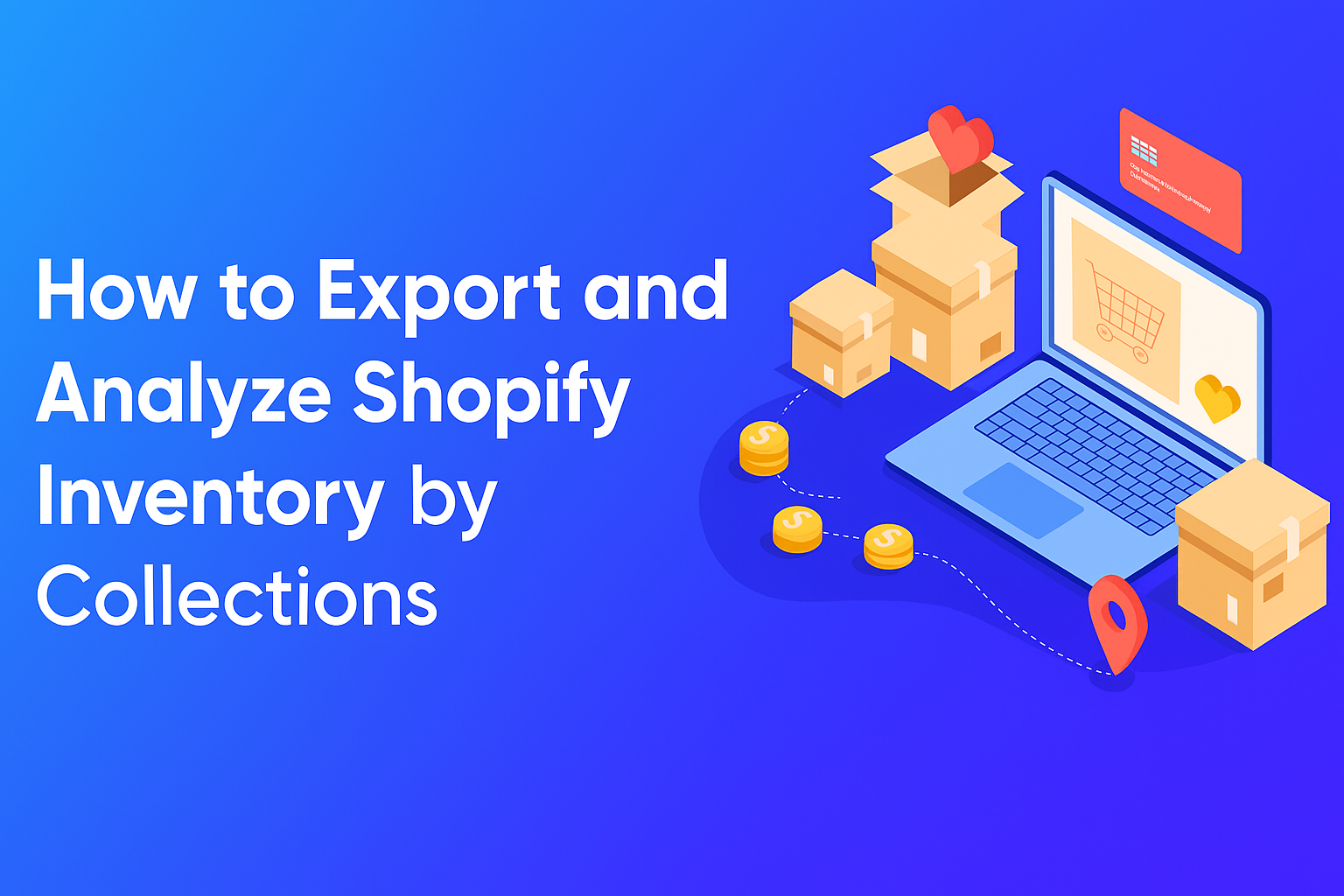
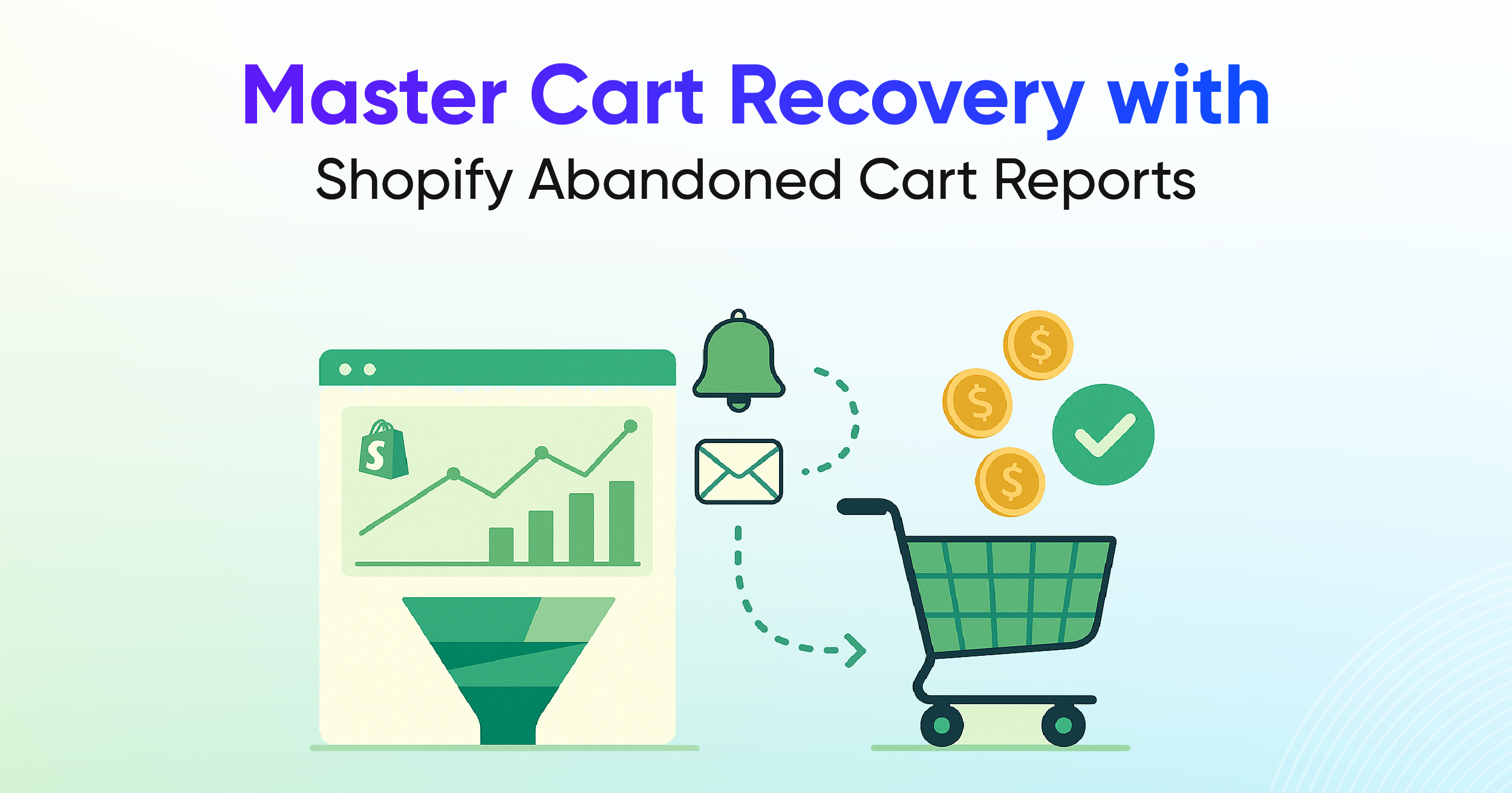
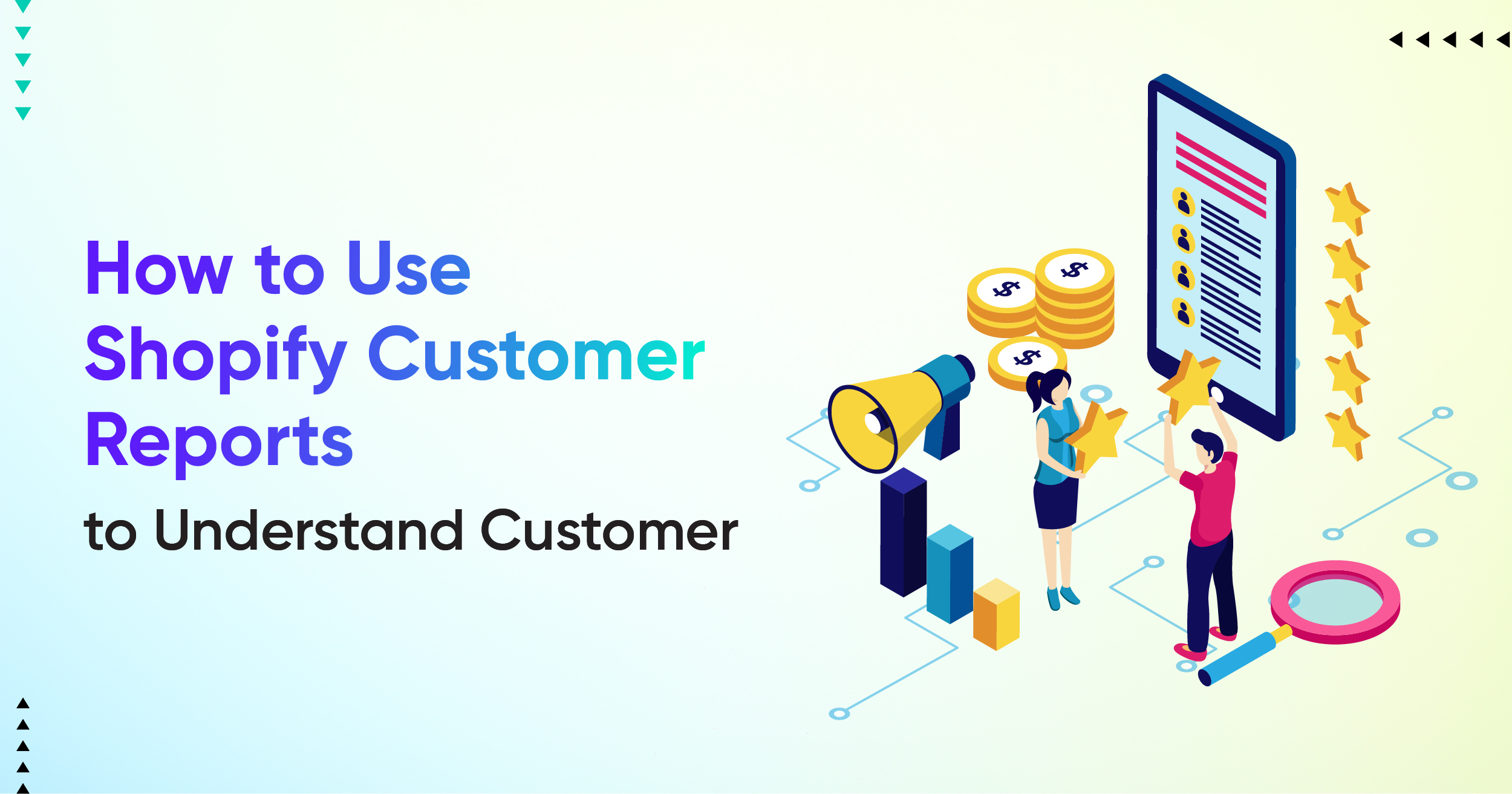

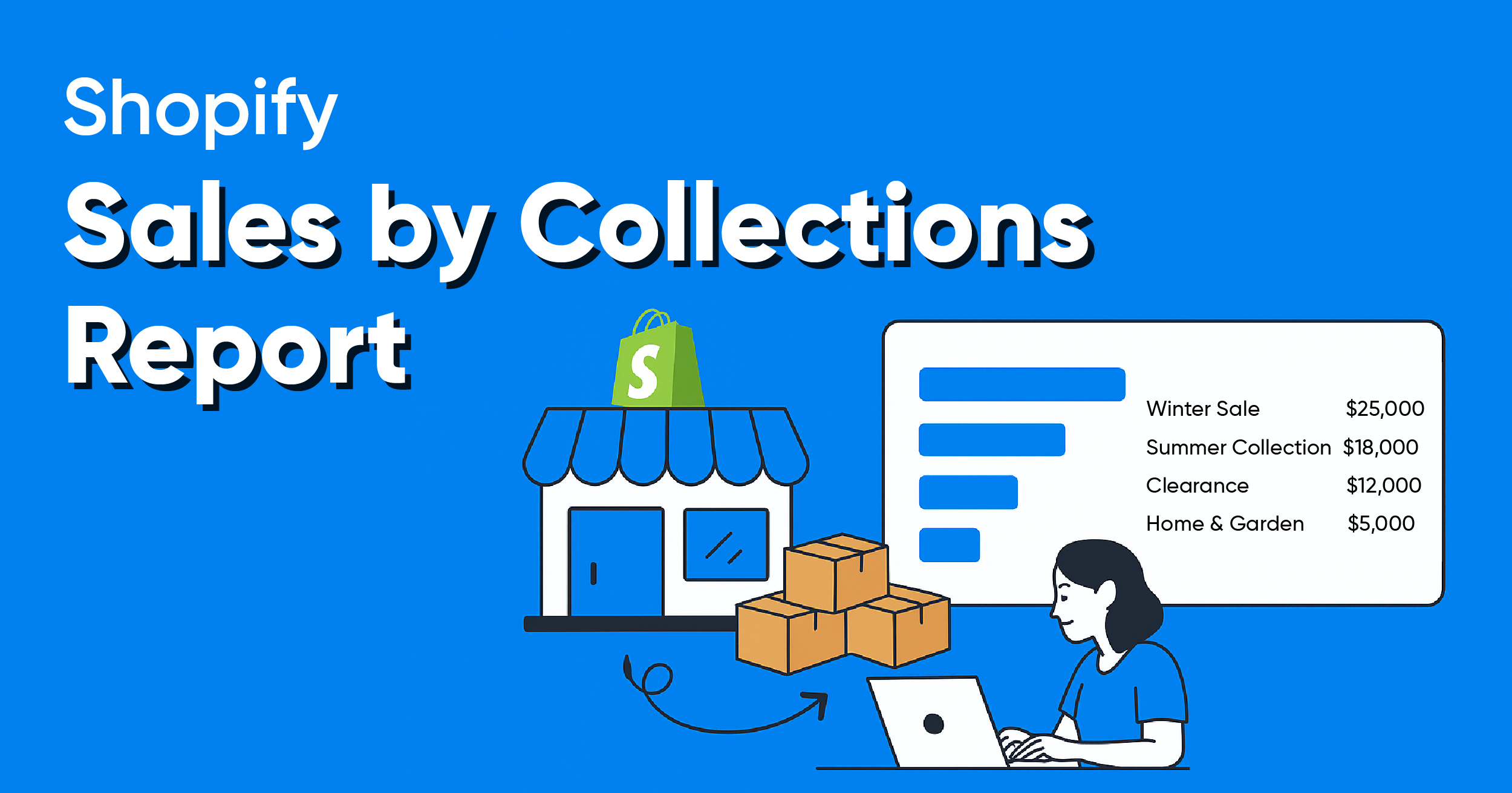
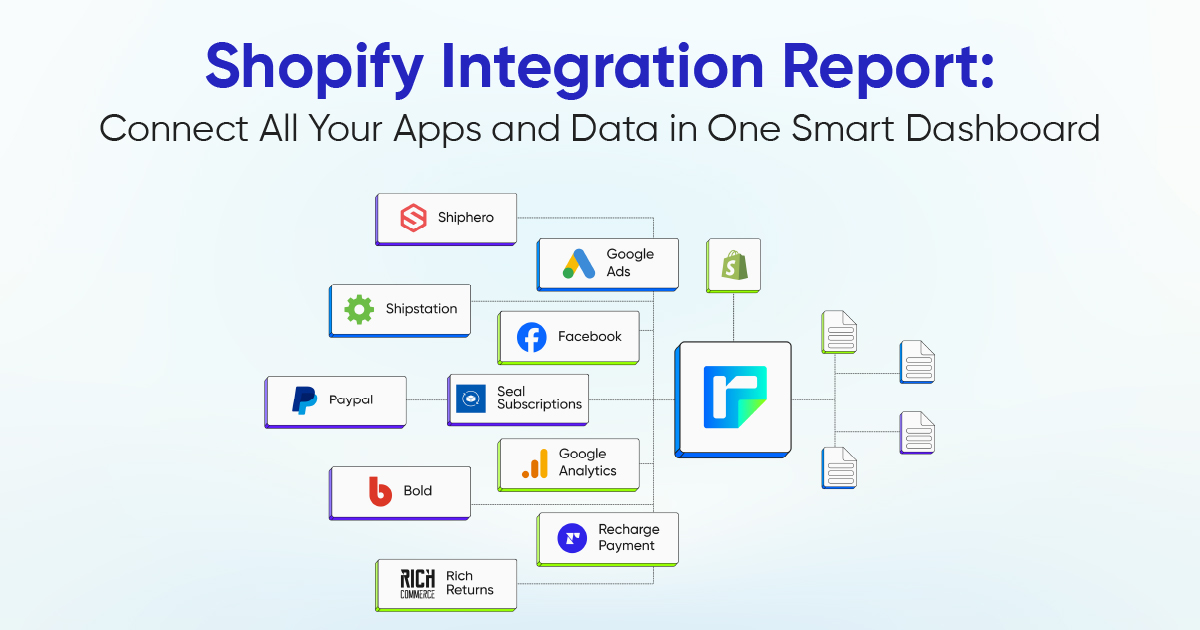


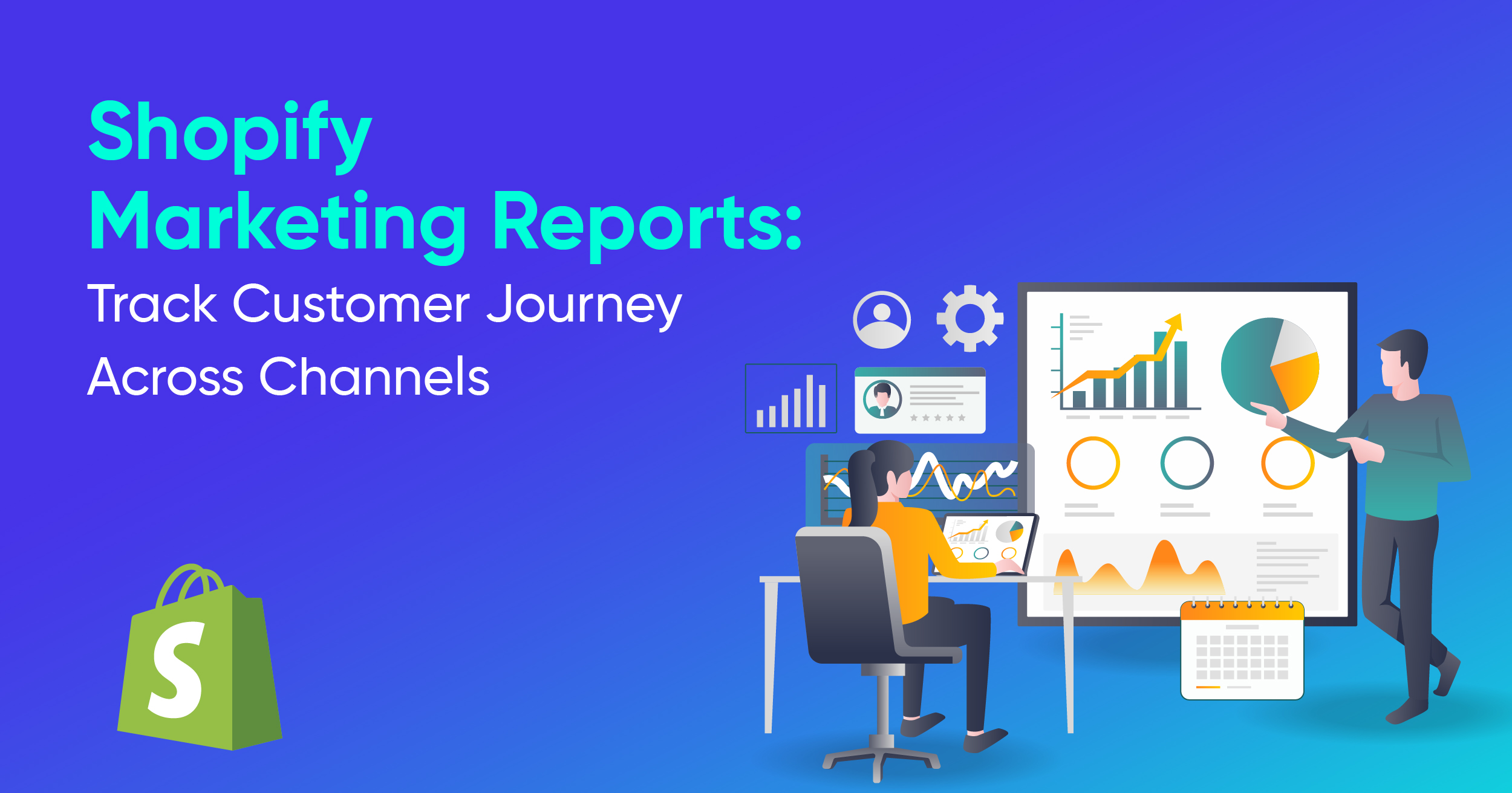

.webp)
.webp)

